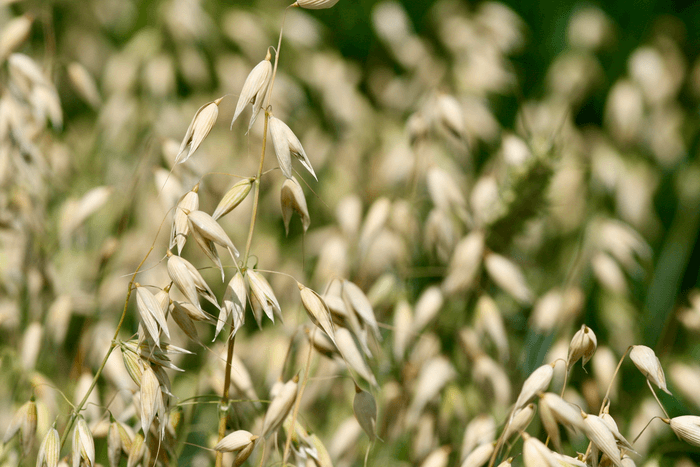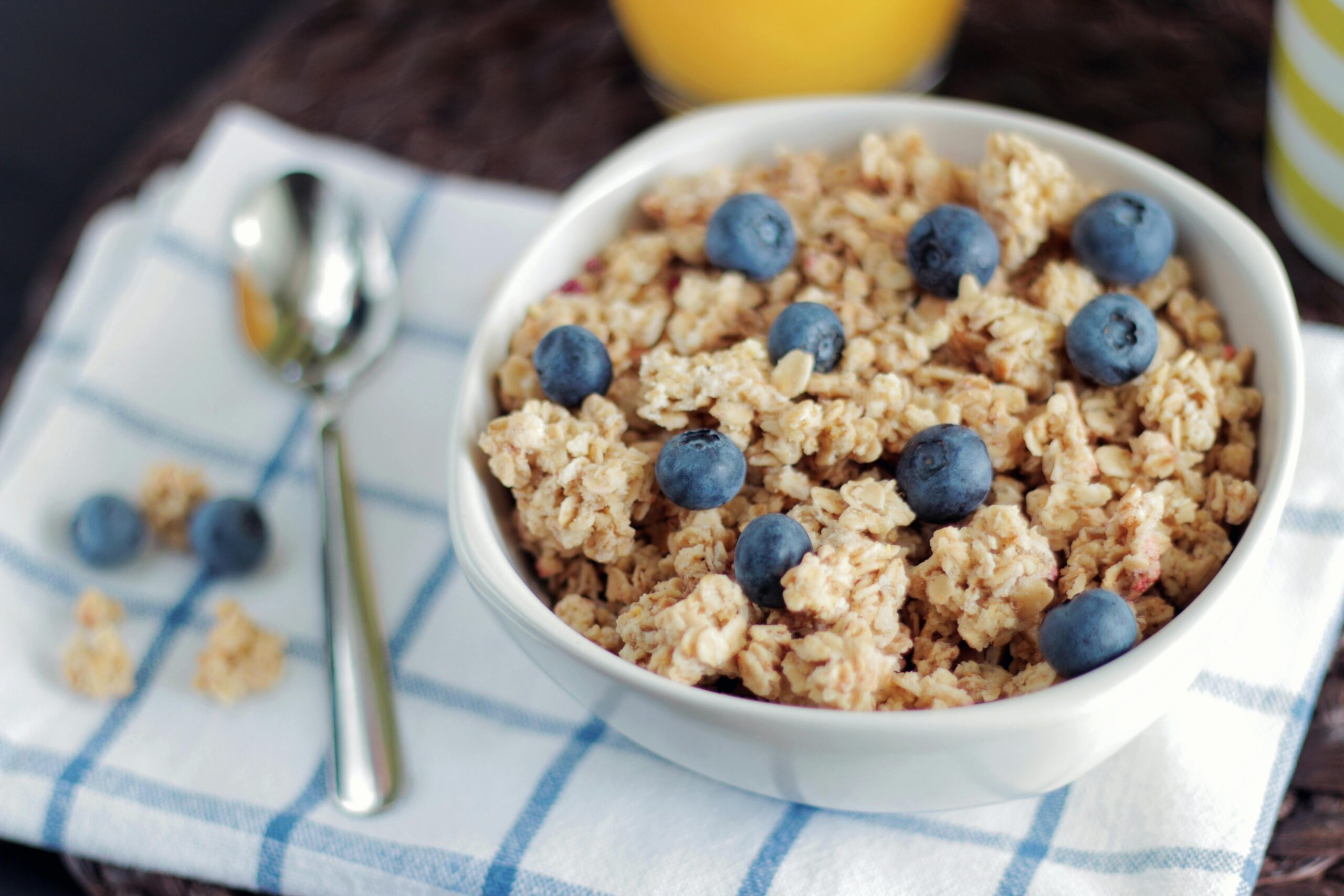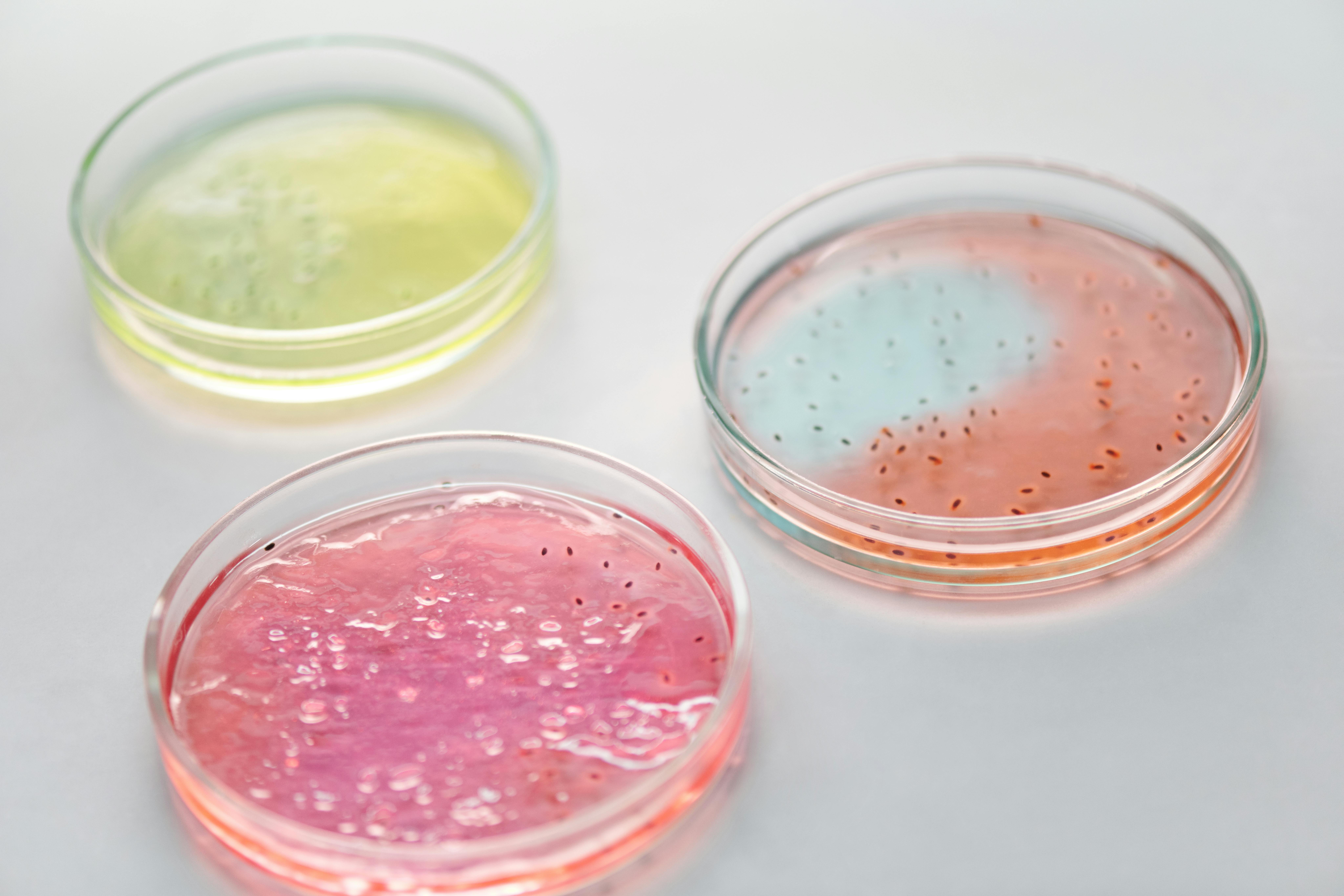Oats are one of the greatest contributors to Australia’s economy and to the world-wide,
growing demand for grains. In response, scientists from several research and academic
institutions collaborated to undertake the decoding of the oat genome, hunting for
genes that confer health benefits, and for novel applications for the oat industry.
Demand for oats is growing for many foodstuffs. With the elucidation of gluten intolerance as the defect in celiac disease, the grocery industry responded with a virtual explosion of wheat-free packaged foods. Oats are the most common replacement for wheat – the source of gluten.
According to Professor Michelle Colgrave, Edith Cowan University (ECU), there is an urgent need for high-protein grains. New sources can address the increasing demand for plant-based sources of protein to meet the needs of the growing population.
”Knowing the genome sequence allows researchers to better understand which genes are responsible for which traits. This active research allowed identifying not only proteins in oats but also characteristics which can increase crop yield, boost nutritional profiles, and make them more resistant to disease and drought,” Colgrave explains in a statement.
Researchers were particularly interested in finding out why oat products cause fewer allergic reactions and are more health-tolerable compared to other grains, such as wheat or rye.
“This allowed us to confirm, on both a gene (DNA) and protein level, that oats contain fewer protein sequences that are known to trigger food allergy and intolerance,” Colgrave says.
Compared to other grains, oats also contain a much higher proportion of beta-glucans, which reduce blood cholesterol and have a favorable effect on people with metabolic diseases, such as type 2 diabetes.
Associate Professor Jason Tye-Din, from the Walter and Eliza Hall Institute of Medical Research, says the research provides reassurance about the safety of oats for most people with celiac disease. Oats are usually safe to include in gluten-free diets.
People eating a highly restrictive gluten-free diet have lower whole grain intake and can experience higher rates of heart disease. The inclusion of oats could overcome many of those adverse effects. “These characteristics mean oats have closer genomic and protein similarities to rice, which is safe in celiac disease, than wheat and other gluten-rich grains,” says Tye-Din.
In addition to the innate health benefits of oats, their cultivation requires fewer treatments with insecticides, fungicides and fertilizers compared to other grains. Thanks to the new insights into the oat genome, breeding and cultivation of more nutritious and sustainable oats can now be accelerated.
“The freely available resources created in this collaboration are essentially the blueprint for oats and will increase the potential of breeding to target specific traits,” says Colgrave.
Researchers from Edith Cowan University (ECU), Australia’s national science agency CSIRO and WEHI (the Walter and Eliza Hall Institute of Medical Research) played key roles in the international collaboration with Lund University and the ScanOats Industrial Research Center, both in Sweden, and Helmholtz Munich, Germany.
The study is published in the journal Nature.












